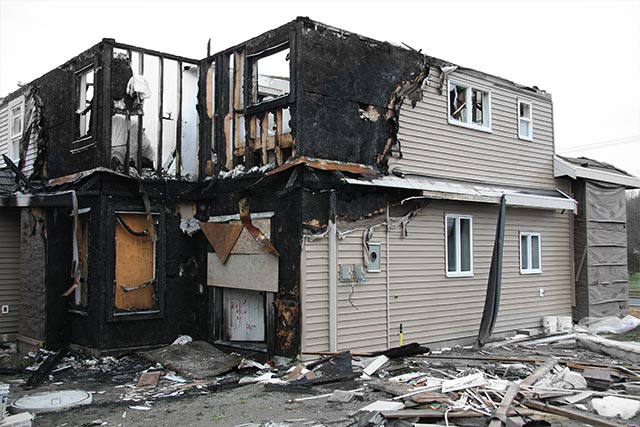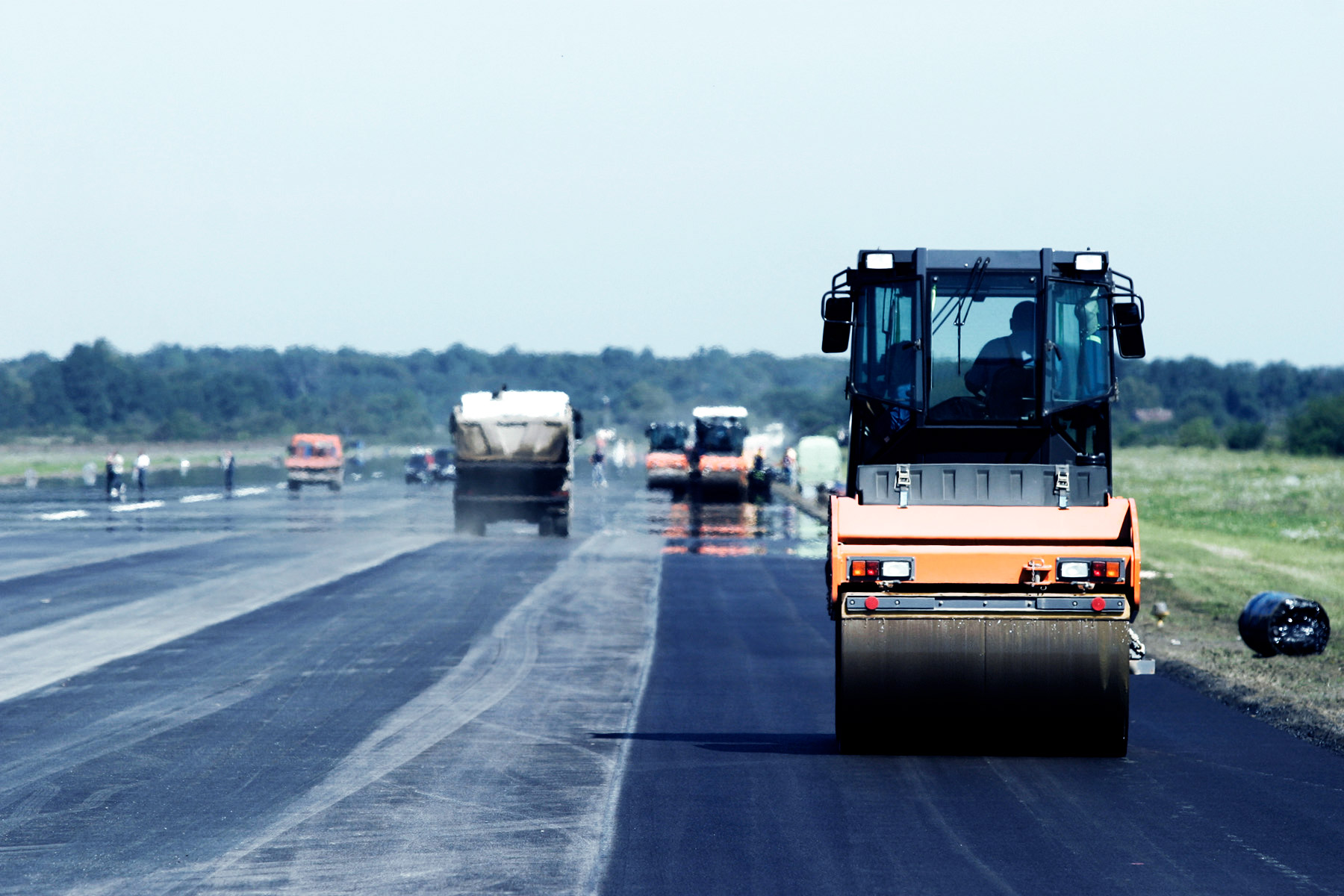services
your partner in cutting-edge engineering sollutions
Design and Technical & Financial Evaluation/Audit
Conceptual Design:
- Define project objectives, scope, and key design criteria.
- Conduct site assessments and environmental impact studies.
- Develop initial design concepts and alternatives.
Preliminary Design:
- Develop schematic designs and preliminary plans.
- Engage stakeholders for feedback and input.
- Conduct feasibility studies to ensure design viability (technical, financial, environmental).
Detailed Design:
- Create detailed engineering designs and technical specifications for all disciplines (architectural, structural, MEP, etc.).
- Ensure compliance with all relevant building codes, regulations, and standards.
- Coordinate with architects, engineers, planners, and other stakeholders.
Design Review and Approval:
- Conduct internal design reviews and quality checks.
- Engage with regulatory bodies for design approval and permits.
- Revise designs based on stakeholder and regulatory feedback.
- Finalize and approve design documents.
Financial Evaluation:
- Prepare detailed cost estimates and budget analysis.
- Conduct sensitivity analysis on key financial variables.
- Evaluate funding options and financial risks.
Procurement Evaluation:
- Review and evaluate procurement strategies.
- Assess bids and proposals from contractors and suppliers.
- Conduct cost-benefit analysis for procurement decisions.
- Negotiate terms and conditions with vendors.
Technical Audit:
- Conduct comprehensive audits of technical specifications and designs.
- Verify adherence to engineering standards and contractual requirements.
- Review construction practices for compliance with design intent.
- Identify any design deficiencies or deviations.
Financial Audit:
- Audit project budgets, expenditures, and financial records.
- Verify accuracy and completeness of financial documentation.
- Assess financial performance against baseline metrics.
- Identify any financial discrepancies or irregularities.
Compliance Audit:
- Ensure compliance with regulatory, environmental, and safety standards.
- Conduct site inspections and audits for adherence to regulations.
- Review permits, approvals, and other legal documentation.
Performance Audit:
- Evaluate project performance against objectives and key performance indicators (KPIs).
- Assess effectiveness of risk management and mitigation strategies.
- Review project management practices and methodologies.
Communication and Reporting:
- Prepare detailed audit reports with findings, conclusions, and recommendations.
- Present audit results to stakeholders and management.
- Ensure transparent and accountable communication throughout the audit process.
Construction Monitoring and Quality Control
Pre-Construction Preparation:
- Review and understand project plans, specifications, and schedules.
- Establish monitoring protocols and assign roles and responsibilities.
- Develop a construction monitoring plan, including key performance indicators (KPIs).
Site Setup and Initial Activities:
- Verify site setup and logistics arrangements.
- Ensure that all necessary permits and approvals are in place.
- Confirm that safety protocols and procedures are established.
Ongoing Construction Monitoring:
- Conduct regular site visits and inspections to monitor progress.
- Track construction activities against the project schedule.
- Monitor resource utilization, including labor, materials, and equipment.
Safety and Compliance Monitoring:
- Ensure adherence to safety protocols and regulations.
- Conduct safety audits and inspections.
- Address any safety violations or concerns immediately.
Quality Planning:
- Develop a quality management plan outlining quality standards and procedures.
- Define quality objectives and acceptance criteria.
- Establish roles and responsibilities for quality control activities.
Quality Assurance:
- Implement processes to ensure quality throughout the construction phase.
- Conduct regular training sessions on quality standards and procedures.
- Establish a system for managing and documenting quality issues.
Inspection and Testing:
- Conduct inspections at critical stages of construction (e.g., foundations, framing, MEP installations).
- Perform material testing and verification to ensure compliance with specifications.
Non-Conformance Management:
- Identify and document any non-conformances or deficiencies.
- Analyze root causes of non-conformances.
- Implement corrective actions to address deficiencies.
Final Inspections and Handover:
- Conduct final inspections and walkthroughs to ensure all work meets quality standards.
- Prepare punch lists of any remaining issues or incomplete work.
- Ensure all punch list items are addressed and resolved.
Continuous Monitoring and Reporting:
- Maintain continuous oversight of construction activities.
- Use monitoring tools and technologies to track real-time progress.
- Prepare and distribute regular progress reports to stakeholders.
Documentation and Record-Keeping:
- Maintain comprehensive records of all quality control activities.
- Archive inspection reports, test results, and compliance documentation.
- Document lessons learned and best practices for future projects.
Destructive / Non-Destructive Testing
Ferro-scanning of RC Structures:
- Collect detailed data on the size, spacing, depth, and condition of rebar within the concrete.
- Ensure that the actual rebar layout and condition meet the specified standards and requirements.
- Detect any discrepancies such as incorrect rebar placement, insufficient cover, or unexpected voids.
Schmidt Rebound Hammer:
- Document the rebound values obtained from multiple test points on the concrete surface.
- Convert the rebound numbers into estimated compressive strength values using established correlation curves or charts.
- Compare these values with the design specifications and acceptance criteria to assess whether the concrete meets the required strength standards.
Pull Out Test:
- Install pull out inserts or devices into pre-drilled holes in the concrete according to standardized procedures.
- Apply a controlled, increasing tensile load to the insert until it is pulled out of the concrete or until a predefined load is reached.
- Analyze the pull-out force data to determine the tensile strength and bonding characteristics of the concrete.
Extraction / Testing of Cores:
- Carefully drill and extract cylindrical core samples from the concrete structure at designated locations.
- Prepare the core samples by capping the ends to ensure smooth, even surfaces for testing.
- Analyze the compressive strength results and compare them against the design specifications and acceptance criteria.
Ultrasonic Pulse Velocity (Pundit):
- Ensure proper coupling between the transducers and the concrete surface by using a coupling agent to eliminate air gaps.
- Emit ultrasonic pulses through the concrete and measure the time taken between the transducers.
- Analyze the ultrasonic pulse velocity data to determine the quality and uniformity of the concrete.
Corrosion Analysis of Reinforcement:
- Identify any areas where the reinforcement is actively corroding or at significant risk of corrosion.
- Assess the need for immediate repairs or preventive measures based on the extent and severity of corrosion.
- Suggest routine monitoring and maintenance practices to manage and mitigate future corrosion risks.
- Summarize the findings in a detailed report.
Laboratory Testing
- Sieve Analysis.
- Water Absorption.
- Impact Value.
- Density/Unit Weight Measurement.
- Soundness Test.
- Los Angeles Abrasion Value.
- Material Finer than 0.075mm.
- Clay and Organic Impurities.
- Flakiness & Elongation Index.
- Crushing Values.
Asphalt Testing:
- Mix Design by Marshall Method.
- Bitumen Extraction.
- Marshall Stability and Flow Test.
- Asphalt Coring with Compaction Test.
Fine Aggregate (Sand) Testing:
- Sieve Analysis.
- Fineness Modulus.
- Water Absorption.
- Specific Gravity.
- Soundness Test.
- Sand Equivalent Test.
- Density/Unit weight measurement.
- Material Finer than 0.075mm.
- Clay and Organic Impurities.
Brick Testing:
- Water Absorption.
- Efflorescence test.
- Compressive Strength.
- Soil Testing.
Cement & Concrete Testing:
- Concrete Mix Design.
- Compressive Strength Tests for Various Concrete Products.
- Testing Parameters of Cement.
- Testing Parameters of Reinforced Concrete (RC) Pipes.
Chemical Testing:
- Analyzing the chemical composition of materials for quality control.
Geotechnical Investigation
Borehole Drilling and Sampling:
- Drill boreholes at strategic locations across the site to collect soil and rock samples.
- Record drilling parameters such as depth, penetration rate, and soil/rock descriptions.
- Use appropriate sampling techniques (e.g., standard penetration tests, undisturbed sampling) to obtain representative samples.
In-Situ Testing:
- Conduct in-situ tests to evaluate soil properties directly at the site.
- Common in-situ tests include standard penetration tests (SPT), cone penetration tests (CPT), vane shear tests, and pressuremeter tests.
- Record and analyze in-situ test data to assess soil strength, density, and other properties.
Geophysical Surveys:
- Perform geophysical surveys to gather subsurface information without extensive drilling.
- Common geophysical methods include seismic refraction, electrical resistivity, ground-penetrating radar (GPR), and magnetometry.
- Analyze geophysical data to identify subsurface features and anomalies.
Conduct Laboratory Tests:
- Perform laboratory tests on collected soil and rock samples to determine their physical and mechanical properties.
- Common laboratory tests include grain size analysis, Atterberg limits, compaction tests, shear strength tests, consolidation tests, and permeability tests.
Data Analysis and Interpretation:
- Record and analyze the results of laboratory tests.
- Compare results against project specifications and geotechnical design criteria.
- Develop geotechnical profiles and models to represent subsurface conditions.
Fire Damage Evaluation
Safety Assessment:
- Conduct a preliminary safety assessment to identify and mitigate any immediate hazards (e.g., structural instability, electrical hazards, hazardous materials).
- Ensure that all personnel involved in the evaluation wear appropriate personal protective equipment (PPE).
- Establish a safety perimeter and control access to the site as needed.
Visual Inspection:
- Perform a visual inspection of the entire affected area to assess the extent of fire damage.
- Document visible signs of damage to structural elements, building materials, mechanical and electrical systems, and finishes.
- Identify areas that require more detailed investigation.
Detailed Structural Assessment:
- Conduct a detailed structural assessment to determine the extent of damage to load-bearing elements (e.g., beams, columns, floors, and walls).
- Utilize non-destructive testing methods, to assess internal damage.
- Conduct destructive testing if necessary to evaluate the integrity of critical structural components.
Material Assessment:
- Evaluate the condition of building materials, including concrete, steel, wood, and masonry.
- Identify any materials that have been compromised by heat, smoke, or water used in firefighting efforts.
- Collect samples for laboratory analysis to determine material properties and potential contamination.
System and Component Assessment:
- Assess the condition of mechanical, electrical, and plumbing (MEP) systems, including HVAC, wiring, and piping.
- Identify components that have been damaged or destroyed by fire, heat, or water.
- Evaluate the functionality and safety of fire protection systems.
Environmental and Health Assessment:
- Conduct environmental testing to identify the presence of hazardous materials (e.g., asbestos, lead, mold, and chemical residues).
- Assess air quality and potential contamination resulting from smoke and soot.
- Evaluate the impact of fire damage on indoor environmental quality and occupant health.
Repair and Remediation Planning:
- Develop a detailed plan for repairing and remediating fire damage based on evaluation findings.
- Prioritize actions to address critical structural and safety issues first.
- Coordinate with contractors and specialists for repair and remediation work.
Final Inspection and Verification:
- Conduct final inspections to verify the effectiveness of repairs and remediation.
- Ensure that all repaired elements meet relevant building codes and standards.
- Obtain necessary approvals and certifications for completed work.
Data Analysis and Interpretation:
- Record and analyze all collected data to determine the extent of fire damage.
- Compare findings against building codes, standards, and best practices for fire damage assessment.
- Develop a comprehensive understanding of the impact on structural integrity, material condition, and building systems.
Structural Integrity for Solar Installation
Site Inspection:
- Conduct a preliminary site inspection to assess general site conditions and identify any potential constraints or hazards.
- Document existing structural conditions, including load-bearing elements, building materials, and any visible signs of distress or deterioration.
Structural Analysis:
- Perform structural analysis to determine the existing structure’s capacity to support the additional loads from the solar installation.
- Evaluate key structural elements for their load-bearing capacity and overall condition.
- Utilize non-destructive testing methods to assess internal conditions without damaging the structure.
Load Calculation:
- Calculate the additional loads imposed by the solar installation, including the weight of panels, mounting hardware, and potential environmental loads (e.g., wind, snow).
- Assess the impact of these loads on the existing structure and identify any areas where reinforcement or modifications may be required.
Material Assessment:
- Evaluate the condition and properties of building materials (e.g., concrete, steel, wood) to ensure they can withstand the additional loads.
- Collect samples for laboratory analysis if necessary to determine material properties and potential degradation.
Design Review and Compliance:
- Review the design of the solar installation to ensure it complies with relevant building codes, standards, and best practices for structural integrity.
- Ensure that the design incorporates adequate safety factors and considers all potential load conditions.
Data Analysis and Interpretation:
- Record and analyze all collected data to determine the structural integrity of the existing structure.
- Compare findings against design specifications and relevant codes and standards.
- Develop a comprehensive understanding of the impact on structural integrity and identify any required modifications or reinforcements.
Environmental and Health Assessment:
- Conduct environmental testing to identify the presence of hazardous materials (e.g., asbestos, lead, mold, and chemical residues).
- Assess air quality and potential contamination resulting from smoke and soot.
- Evaluate the impact of fire damage on indoor environmental quality and occupant health.
Repair and Remediation Planning:
- Develop a detailed plan for repairing and remediating fire damage based on evaluation findings.
- Prioritize actions to address critical structural and safety issues first.
- Coordinate with contractors and specialists for repair and remediation work.
Final Inspection and Verification:
- Conduct final inspections to verify the effectiveness of repairs and remediation.
- Ensure that all repaired elements meet relevant building codes and standards.
- Obtain necessary approvals and certifications for completed work.
Pavement Investigation and Condition Survey
Pavement Surface Evaluation:
- Perform detailed surface evaluations using visual inspection and non-destructive testing methods.
- Use tools like the Pavement Condition Index (PCI) to quantify pavement condition.
- Record surface distress types, severity, and extent, including cracking patterns, potholes, raveling, bleeding, and surface deformations.
Data Analysis and Interpretation:
- Record and analyze all collected data to determine the overall condition of the pavement.
- Compare findings against design specifications, historical data, and relevant standards.
- Develop a comprehensive understanding of the pavement’s current state and performance.
Maintenance and Repair Planning:
- Develop a detailed plan for pavement maintenance and repair based on investigation findings.
- Prioritize actions to address critical issues first, such as severe cracks, potholes, or structural failures.
- Coordinate with contractors and specialists to implement maintenance and repair work.
Structural Evaluation:
- Conduct structural evaluations to determine the load-bearing capacity of the pavement.
- Use non-destructive testing methods such as Falling Weight Deflectometer (FWD), Ground Penetrating Radar (GPR), and ultrasonic testing to assess subsurface conditions.
- Evaluate pavement layers, including the base, sub-base, and subgrade, for strength and integrity.
Material Sampling and Testing:
- Collect samples of pavement materials, including asphalt, concrete, and base materials, for laboratory analysis.
- Perform laboratory tests to determine material properties such as density, strength, moisture content, and composition.
- Evaluate the quality and condition of materials to identify any signs of degradation or failure.
Traffic and Load Analysis:
- Analyze traffic patterns and load data to understand the stresses applied to the pavement.
- Consider factors such as traffic volume, vehicle types, and axle loads in the analysis.
- Use the data to predict future pavement performance and identify potential issues.
Final Inspection and Verification:
- Conduct final inspections to verify the effectiveness of maintenance and repair activities.
- Ensure that the pavement meets relevant standards and performance criteria after repairs.
- Obtain necessary approvals and certifications for completed work.
Ongoing Condition Monitoring:
- Establish a program for continuous monitoring of pavement conditions.
- Use technologies such as automated pavement condition sensors, drones, and data analytics for real-time monitoring.
- Conduct periodic surveys to update pavement condition data and adjust maintenance plans as needed.








